June 21, 2025 | 04:30 GMT +7
June 21, 2025 | 04:30 GMT +7
Hotline: 0913.378.918
June 21, 2025 | 04:30 GMT +7
Hotline: 0913.378.918
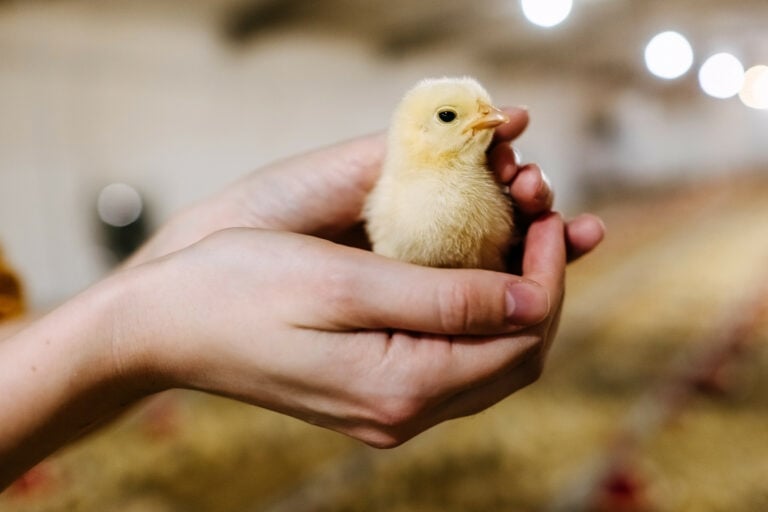
Over the years, young animal feed has gained significant importance in poultry research. Photo: Shutterstock.
Just minutes after hatching, the chick begins to walk, giving the impression that it requires no assistance. But less is true. While newly-hatched chicks have a little energy pack to fall back on (the residual yolk sac), feed intake levels and digestive capacity is still low and nutrient reserves run out quickly. A delayed intake of nutrients can lead to adverse effects on growth and egg production, which is a major loss of the genetic potential today’s poultry breeds have.
This means that we need to do more to get chicks off to a good start, right after hatch, to reach the full genetic potential of the animals. Over the years, we have learned that enhancing early nutrition really pays off and translates to better growth rates, improved feed conversion, and greater productivity and efficiency in broilers. In layers, enhancing early feeding practices is the foundation for layer persistence and more eggs per hen, supporting economics but also sustainability parameters.
In-depth studies around young animal feed in chickens is relatively new. Compared to the legacy in research and the huge amount of work done in piglet and dairy calf nutrition, this topic only gained significant attention in poultry research in the last 10 years or so. Ever since, the need to provide feed from day 1 is being better understood and successfully applied on broiler and layer farms around the world. Yet, this is only possible if you know what to feed and have dedicated products available. Trouw Nutrition has significantly influenced this area over the years.
Ana Isabel Garcia Ruiz, manager at the Poultry Research Center from Trouw Nutrition, explains: “Around 2014 to 2015, we started our work around early feeding in poultry due to the noise in the market about upcoming new regulations regarding early feeding in the Netherlands [see box] and potential other countries. During this time, there was also an increased demand to respond to consumer trends and customer needs, such as antibiotic-free poultry and having more robust birds.”
As of September 2024, new regulations around early feeding have been enforced for hatcheries in the Netherlands. In practice, this means that Dutch hatcheries need to make sure that broiler chicks have access to feed and water within 36 hours. Before, this window was 60 hours. Other countries have not yet made early access to water and feed a rule. Yet, we see great initiatives of major market players, such as in Germany, where the REWE Group became the first food retailer to use early feeding (within 36 hours after hatch) on their supplier farms. The discussion about legislation around early feeding currently focuses on broilers chicks, as the first couple of hours and days are crucial. In layers, the crucial window is the first 2 weeks, as the rearing period is much longer. There are no countries (yet) that have set rules and regulations in place for early feeding practices (and associated window of hours) for newly-hatched layer chicks.
Due to this ‘perfect storm’ of circumstances and opportunities, young animal feed in poultry was identified as a strategic area for growth and leadership for Trouw Nutrition. Garcia Ruiz continues: “Ever since we embarked on this journey, we have not only increased our understanding of the nutritional requirements for young birds, but we also learned how we can influence growth, development, and body composition with long-term effects. This led to the launch of new science based ‘early life’ products to the market.”
But poultry researchers at Trouw Nutrition did not have to start from nothing. There was already extensive in-house expertise on young animal feed. Garcia Ruiz explains: “Our colleagues in ruminant and swine research have significantly contributed to the body of knowledge on early life nutrition. This really helped us, especially around the concept of early interventions for lifetime performance (metabolic programming and epigenetics) and how and what we can learn from nature.”
Garcia Ruiz added: “Trouw Nutrition’s dairy calf research, for example, looked at the nutritional composition of cow’s milk and showed how fat composition is crucial for calf development and growth. This knowledge is hence used to improve calf milk replacers. This made us look at the mineral, amino acid, and fat composition in the yolk sac to learn how we could potentially translate this natural source of nutrient mix into a small pellet for newly-hatched chicks.”
At the same time, poultry are obviously quite different from mammals, so there is only so much to learn from swine and ruminant research and many things can simply not be copied to poultry. Another major difference with other species is that in broilers, we are dealing with short cycles (6 weeks). In layers, however, we have long cycles (approximately 70 weeks), broken down into many phases, each with their own challenges and nutrient requirements. And the trend is that cycles are getting even longer, with a potential to reach 100 weeks or longer. This means that all species and their sub-species have their optimal window of opportunity where we can apply early feeding practices.
Garcia Ruiz explains: “We started our first research trials in broilers, and it was important to define what we mean by early life nutrition in the 6-week life of a broiler and what the so-called window of opportunity is where we can make a difference. We decided to break it down in young animal feed at hatch, in transit, and on the farm and focus on the research pillars: functional proteins, mineral nutrition, feed presentation, and health. This resulted in the launch of our first pre-starter diet for broilers from 0-4 days of life (Erliva ChickCare). Linked to this product, new dietary recommendations for a starter diet (4-10 days) were also developed to enhance the carry-over effects of Erliva ChickCare.”
While initial research efforts focused on broilers, layers soon followed, spurred by the growing interest to increase cycles for both economics as sustainability wins. Clara Alfonso Carrillo, poultry nutritionist at the Poultry Research Center, explains: “Building on the knowledge gained during our work in broiler chicks, we applied a similar concept, based on the same research pillars, to develop a layer concept for pullets in the initial stages (0-2 weeks). We started around 4 years ago, but because of long cycles, trials take longer, leading to the launch of Erliva PullyCare not long ago [2024]. This is a stand-alone feed solution (pre-starter) but also now an integral part of our newly-launched layer longevity programme.”
Trials at the Poultry Research Center with the pre-starter for broilers showed more robust birds with significant improvements in performance, flock uniformity, and carcass traits at the end of the cycle. Trials and validation studies with the pre-starter diet for pullets showed an increase in pullet body weights at week 2 and week 5, better flock uniformity, a better developed gastrointestinal tract (including optimal development of the proventriculus-gizzard), increased bone size, and an improved nutrient digestibility capability during the first 5 weeks of age. And these improvements were translated into 1 week earlier onset of lay.
Trouw Nutrition’s Poultry R&D team and Trouw Nutrition Poultry Research Centre (PRC), based in Spain, plays a pivotal role in the development of new products and solutions around early life nutrition. PRC, which covers over 60,000sqm of research facilities, is equipped to conduct research trials in broilers, broiler breeders and laying hens. It has a hatchery, laboratory, and feed plant. The researchers also work together with many universities around certain specialised topics such as gene expression, bone mineralisation, and microbiology. The trials at PRC are often followed by trials at commercial validation farms around the world, to ensure that the findings are directly applicable to the industry, making them crucial for success in this field.
Over the past decade, significant advancements have been made in young animal nutrition for broilers and layers. However, several aspects of poultry research still require further exploration, such as determining the ideal body composition in pullets that can influence performance and longer cycles. Alfonso Carrillo explains: “To uncover these answers, we are using technology such as modern human scales, specifically adapted for poultry, through bioelectrical impedance analysis. This enables us to measure the balance of muscle mass, bone structure, and body fat in live animals in a non-invasive way, helping us define optimal body composition, establish benchmarks, and refine early nutrition strategies to positively influence growth.”
Another promising research area focuses on the impact of early nutrition on microbiome development (and its role in immunity, growth), and immuno-nutrition, which entails the development of new technologies and feeding strategies to strengthen the immune system, particularly in early life stages. Garcia Ruiz concludes: “These aspects are becoming increasingly important in our efforts to raise healthier birds, leading to improved performance, efficiency, and sustainability. I guess the field of young animal nutrition in poultry is only just beginning and at Trouw Nutrition we continue to work on solutions for todays and future challenges in broilers and layers.”
(Poultryworld)

(VAN) Poultry production in Poland, which has only started recovering from devastating bird flu outbreaks earlier this year, has been hit by a series of outbreaks of Newcastle disease, with the veterinary situation deteriorating rapidly.
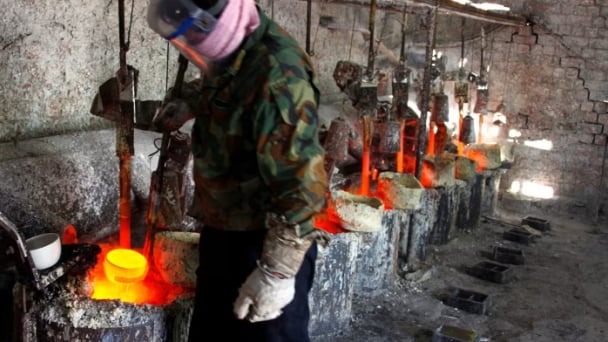
(VAN) Extensive licensing requirements raise concerns about intellectual property theft.
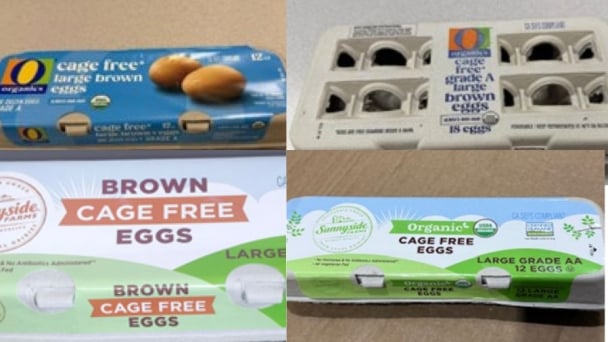
(VAN) As of Friday, a salmonella outbreak linked to a California egg producer had sickened at least 79 people. Of the infected people, 21 hospitalizations were reported, U.S. health officials said.

(VAN) With the war ongoing, many Ukrainian farmers and rural farming families face limited access to their land due to mines and lack the financial resources to purchase needed agricultural inputs.

(VAN) Vikas Rambal has quietly built a $5 billion business empire in manufacturing, property and solar, and catapulted onto the Rich List.
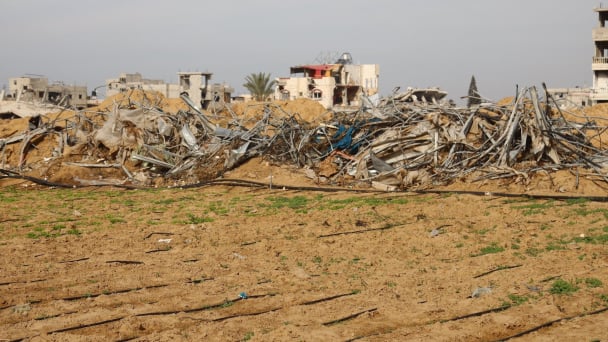
(VAN) Available cropland now at less than five percent, according to latest geospatial assessment from FAO and UNOSAT.
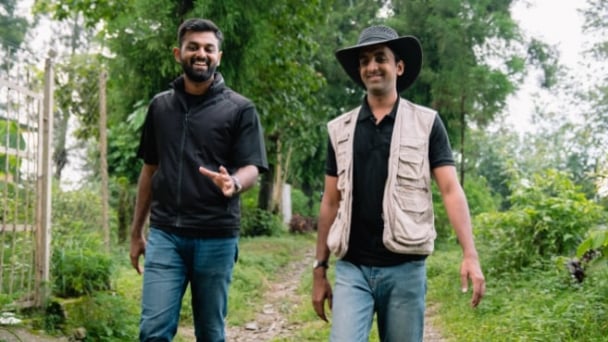
(VAN) Alt Carbon has raised $12 million in a seed round as it plans to scale its carbon dioxide removal work in the South Asian nation.